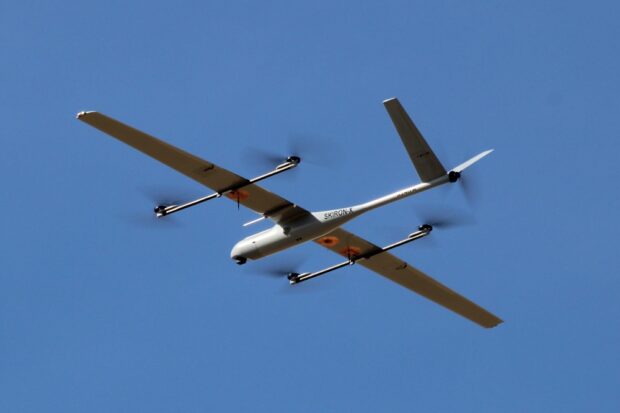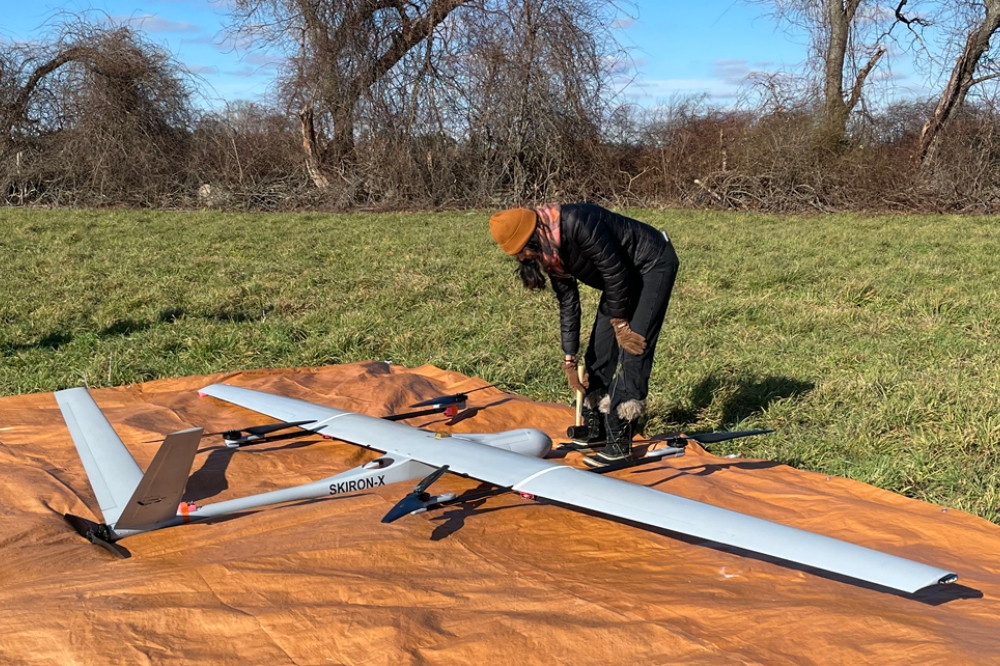A collaboration between professors at the Zurich University of Applied Sciences (ZHAW) School of Engineering and Aurora Swiss Aerospace, a Boeing company, is streamlining the development of EVTOL aircraft. Aurora Swiss Aerospace, located in Lucerne, is a subsidiary of US-based Aurora Flight Sciences.
Aurora Swiss first joined forces with ZHAW in September 2023, aiming to explore the challenges of advanced modeling and simulation for complex aircraft development, certification, and continued airworthiness. The project, titled Model-SI, is funded under the European Union’s Horizon Europe program. Aurora Swiss is providing ZHAW with flight testing services using the SKIRON-X aircraft in order to validate the ZHAW VTOL digital twin model.
What sets this venture apart is the collection of data through Aurora’s Skiron Expeditionary sUAS (SKIRON-X), an electric vertical take-off and landing (eVTOL) aircraft that combines the simple operation of an eVTOL configuration with the longer range and endurance of a fixed-wing design.
The company’s collaboration with ZHAW is led by Angelo Esposito, structures engineer at Aurora Swiss Aerospace.
“We are proud to work with ZHAW as they discover new ways to advance the future of flight,” said Angelo. “The university is dedicated to assessing digital solutions in eVTOL development and their impact on the certification approach.”
As part of the program, ZHAW will assess the impact of digital twin multiphysics modelling techniques applied to eVTOL aircraft and the potential savings in flight testing cost during certification. Aurora is providing flight test data that will help the ZHAW team assess the accuracy of its digital model. ZHAW aims to better model the peculiar aerodynamics phenomena and structural dynamic response that are posing new challenges in the development of eVTOL aircraft configurations.
ZHAW and Aurora jointly defined flight test conditions, maneuvers, and test points in every flight condition. Aurora engineers outfitted a SKIRON-X aircraft with accelerometers and strain gauges on the aircraft’s wings, fuselage, and booms to provide comprehensive data on the vehicle’s accelerations and wing deformations. Aurora executed two days of flight testing, providing calibrated data that fueled ZHAW’s exploration into the structural intricacies of the virtual model.
The collaboration covered everything from requirements and instrumentation definition to flight test. ZHAW plans to present its results to the European Union Aviation Safety Agency (EASA) later this year.
Top Photo: SKIRON-X can be used for various tasks including research and development; firefighting; intelligence, surveillance, and reconnaissance (ISR) missions; and communications relay
Source: Press Release


